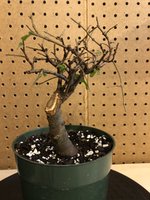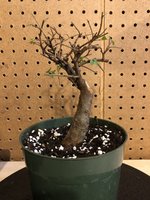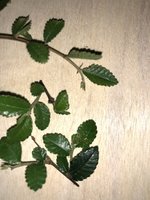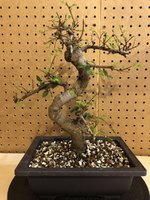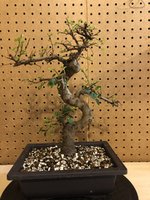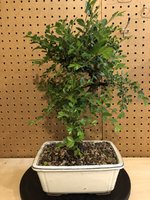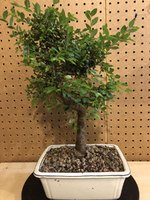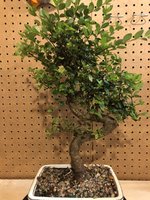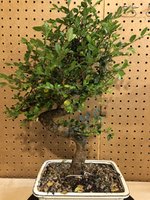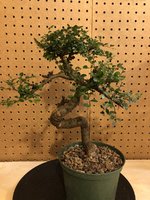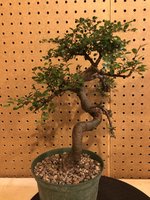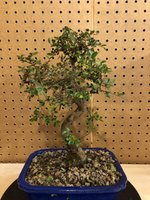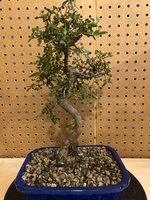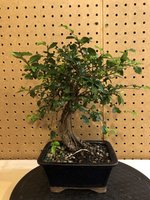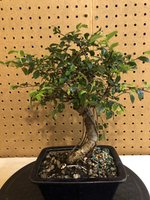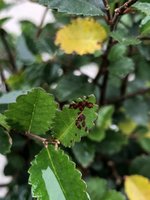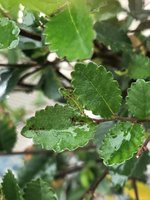I think fooling around with sterilizing shears is a lot like spraying room freshener in a toilet so you can do sterile procedures there. Regardless of where it came from, it's in the environment now: leaves, litter, soil, non-symptomatic neighbors, ad infinitum and you need a systemic to protect the plant, probably continuing long term. Hort oils on leaves in strong sunlight is a problem, too, so nothing is easy or foolproof, but some treatments are better than others. There is no correlation between ~Green~ people and green plants.
I'm sorry, I have to disagree with you. It is a good practice to sterilize cutting tools every time one switches from one tree to the next. 70% isopropyl alcohol works fine, similar assay ethanol or methanol will be equally effective to wipe down tools.
The reason is not necessarily to control just fungus and or bacteria. This will also control plant virus. Plant virus are often asymptomatic, or with few symptoms. Then when the plant is stressed the symptoms become obvious. A cultivar that in the past was known to be vigorous, and then seems to fail to thrive often has picked up a plant virus. Cutting tools are the number one vector for plant viruses.
Viruses are difficult to detect without using serum techniques. In every species of plant that has been assayed for virus, one or more species of virus have been found. Routinely wiping tools down after each tree is one effective method to stop the spread of virus.
About "dutch elm disease", the disease is lethal in American elms. The disease originated in China, the Netherlands had nothing to do with it beyond being where it was first noticed. Elms native to China are generally immune to "Dutch elm disease". One can raise American elms and Chinese elms together, and while the American elm will be susceptible to Dutch elm, the Chinese elm will be immune.
The Dutch elm disease is spread by a bark beetle. The bark beetle responsible tends to prefer to feed in trees over 20 feet tall. Bonsai size American elms tend to be ignored by the bark beetles that carry the disease. So we often can keep an American elm for many, many years as bonsai with no problems with dutch elm disease. And if a bonsai elm does get the disease, there are one or two systemic fungicides that will work against it. It is possible to treat a tree in a pot, should that become necessary.
So yes, wipe down your tools, because the plant viruses are usually asymptomatic. Wiping down your tools will also slow spreading other diseases around. I keep paper towels and a bottle of isopropyl along with my bonsai tools, and wipe once I finish with a tree. It is a "good hygiene" practice.

